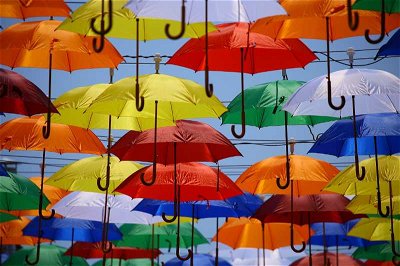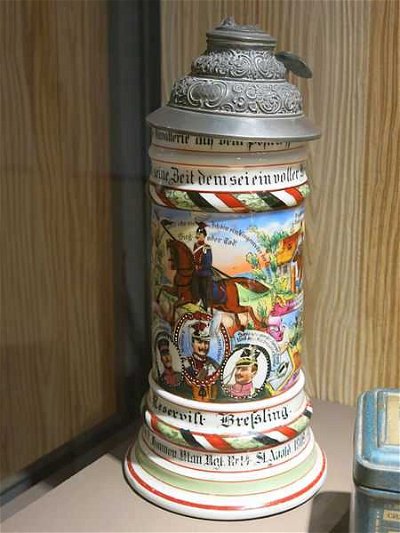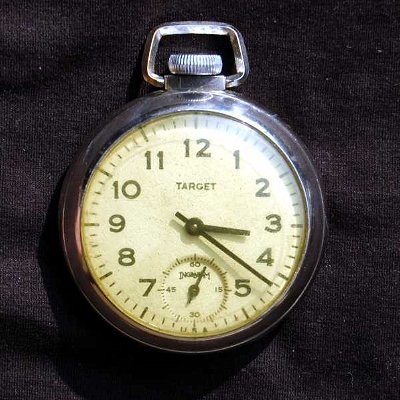18. Which material is most often seen in collections of early (18th- and 19th-century) caddy spoons?
From Quiz My Tea, Please, Caddy
Answer:
Silver
There are several reasons for this. Silver caddy spoons were extremely fashionable, so large numbers of them were made. Their lightness meant they were less expensive than most types of silverware. They tended to have personal and sentimental significance, so they were also more likely to be saved as heirlooms. Probably many more spoons in less expensive materials were made, but then discarded over the years.
Other materials used included wood, horn, tortoiseshell, bone, ivory, natural sea shells, mother-of-pearl, coconut shell, stone, ceramics, and glass.
Old Sheffield plate spoons (rolled silver fused onto copper plate) were a speciality of Sheffield. Close-plated and electroplated spoons can also be found. Modern caddy spoons are sometimes silver or silverplated, but many are brass. Even plastic is still used!
Descriptions and history of the caddy spoon are as documented in "Caddy Spoons, an Illustrated Guide" (published 1988) and "Caddy Spoons, an Illustrated Supplement," (1998) both by John Norie, who was an avid collector and painstaking historian. He was quite literally "the man who wrote the book" on his subject. His work remains the definitive reference. Unfortunately, the books are out of print, and in great demand by collectors, so they command very high prices. After his death, Norie's collection was sold at auction in 2004.
 I've found a cupboard in my attic, full of strange and interesting collections! To continue these collections, I find I've suddenly gained a bunch of new names--referring to collectors of different items! Can you use the photos to see what I've become?
I've found a cupboard in my attic, full of strange and interesting collections! To continue these collections, I find I've suddenly gained a bunch of new names--referring to collectors of different items! Can you use the photos to see what I've become? 








 Quick Question
Quick Question